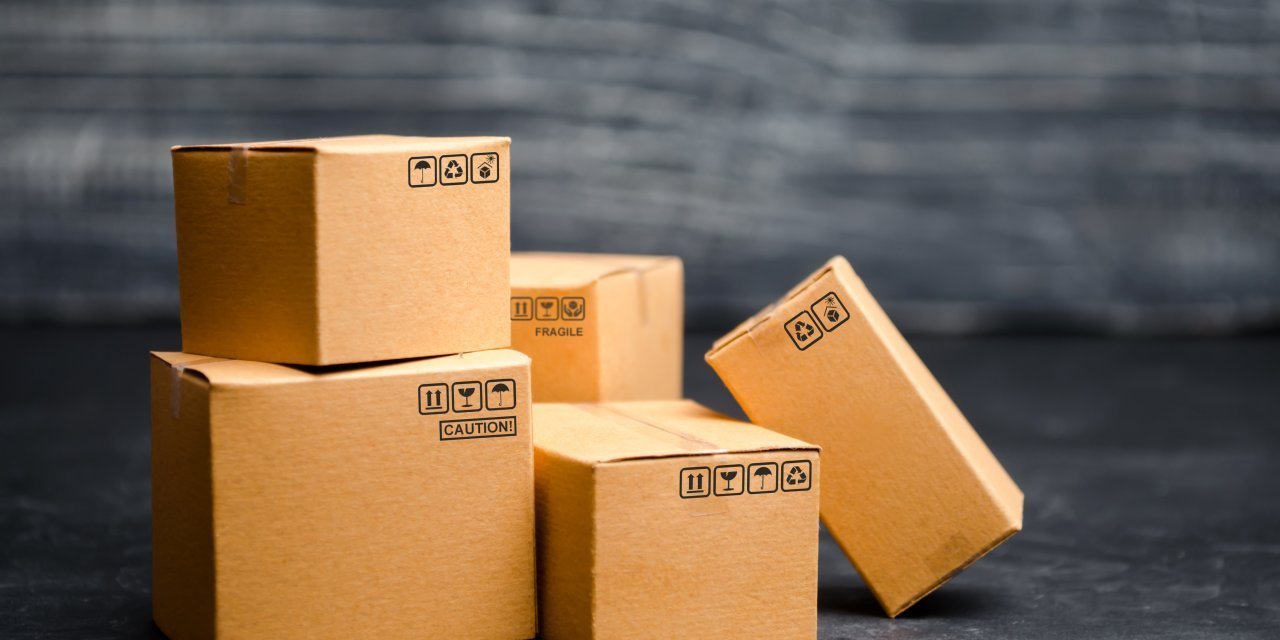Try our Cloud ERP solution today, completely free!
How Discrete Ordering is Often the Main Pick and Pack Process for Cleaning Up Your Inventory Flow

If you hope to get any control over your inventory as it gets bigger and more complicated, you should strongly consider utilizing a pick and pack process.
As a matter of fact, you may already be using one of the main types of Pick and Pack processes already without knowing what it is in name. A Pick and Pack is, in short, the process you use to pull items from inventory to fulfill customer orders. The steps you take to gather items and prepare them for order packing are all part of the Pick and Pack process.
There are about four different main methods for fulfilling orders: batch, wave, zone, and discrete order.
The last type, discrete order picking, is one of the most popular for small businesses. But even large-scale enterprises use a variation of the approach to fulfill orders quickly and smartly.
What makes the strategy so versatile and universal for businesses? It is a rather simple strategy that helps keep your inventory flow concise and clean regardless of its complexities.
How it Works
Let’s say you have an order. A few minutes later, you get another order. You now have a queue of two orders to deal with.
Discrete ordering means that you complete one order at a time. You pick and pack everything you need for order one, even if it includes multiple items. You send this order to customer fulfillment, even going so far as to package and complete it. You then turn to your second order and pack all the items for it before turning to the next one in your queue.
The strategy means that you only ever complete the process for one order at a time.
The benefit is clear. You stay focused on one track at a time. If you have a single warehouse and your products are in the same general area, the strategy is incredibly helpful. You are not bouncing between different orders, fulfilling none in the process of collecting for all. You are on a single track, and you keep up the flow in a single lateral direction. It is a great system for keeping your flow manageable and clean.
Now this is not to say that all businesses utilize this strategy. This is hardly the case. Discrete ordering is far more common for small businesses that have smaller product catalogs and lower overall volume to manage. As you scale up, you may find this strategy a needless hindrance to your productivity. While there is certainly a benefit to doing one order at a time, allowing you to focus and stay on a single track, you may find order processing slower than expected as your catalog gets more complex and layered.
Other Methods
There are different methods that apply to different business types and sizes. For example, batch orders require you to acquire batches of the same product, fulfilling orders that need that specific product first. Another method is called zoning, where you fulfill orders based on their location, with different employees covering different zones. If you have multiple warehouses and very distinct subareas to go through, this strategy could be helpful. There are about four main types in total.
DEAR Systems
Overall, DEAR is designed to cater to the type of inventory management that suits you. You can deploy any type as needed, realizing you will have the biggest positive impact to your business with our system.
Contact us for any information pertaining to inventory management and maintenance. Use a strategy that fits you – not changing to fit the strategy.
Start your free 14-day trial today
DEAR Warehouse Management Gets Better by Getting a Voice (Coming Soon)
All Features Included.
Try DEAR for 14 days, completely free!
